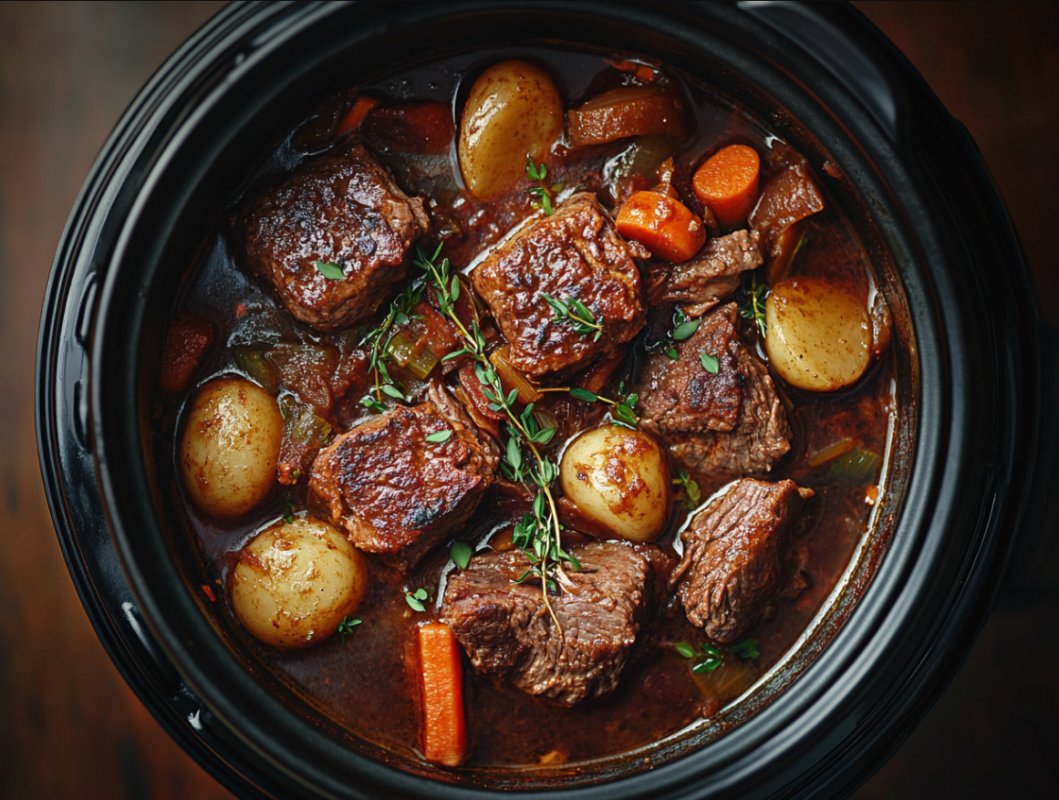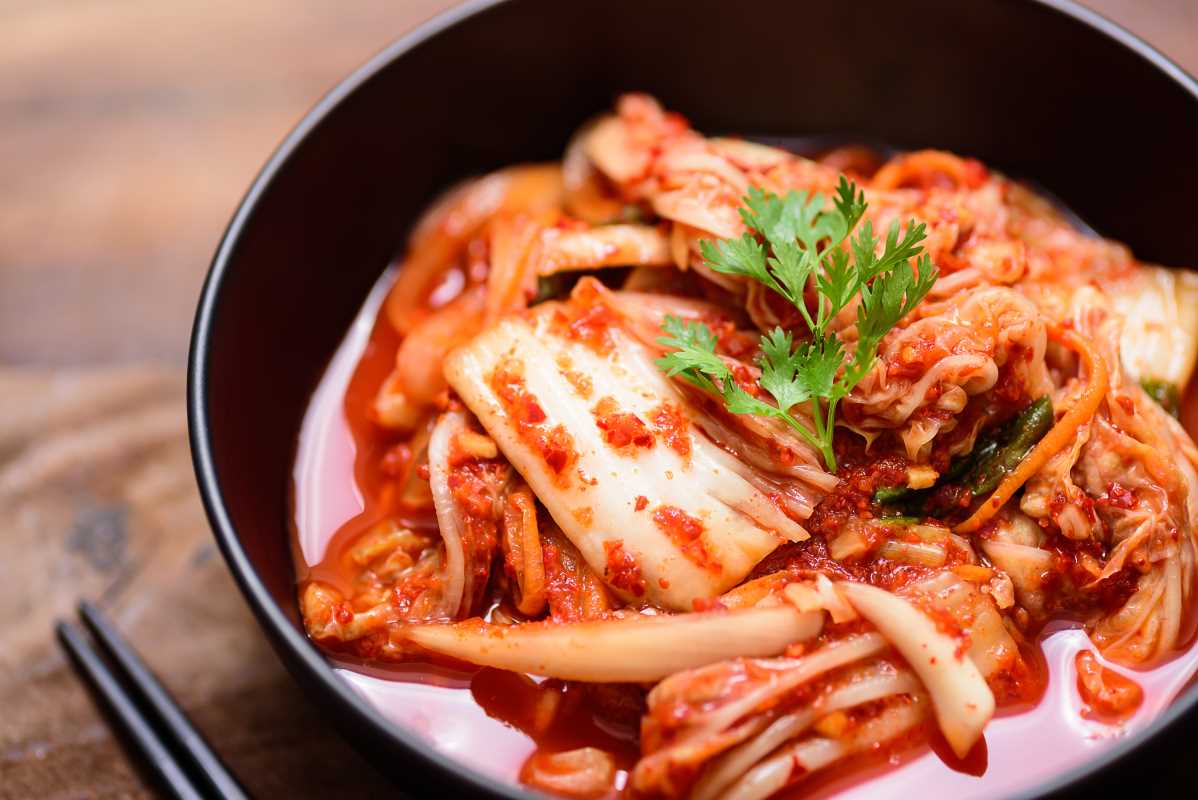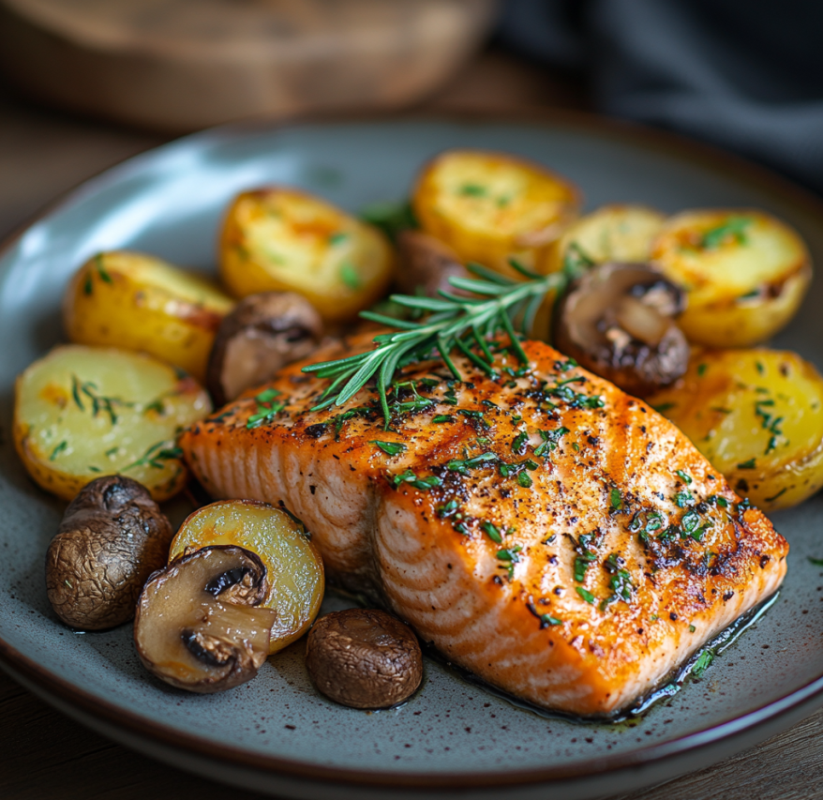When you think of comfort food, what comes to mind? Is it a warm bowl of macaroni and cheese, a rich, cheesy pizza, or a decadent scoop of ice cream? These are the dishes that make us feel cozy, nostalgic, and satisfied. For a long time, comfort food was seen as an indulgence—something delicious but not necessarily good for you. But what if you could have that same comforting feeling from a meal that also supports your well-being? A new food movement is doing just that. "Next-gen comfort foods" are here, and they're all about combining the gourmet flavors we crave with the functional nutrition our bodies need. This isn't about bland "health food"; it's about elevating our favorite dishes to be both delicious and genuinely beneficial.
Redefining Comfort: What Are Next-Gen Comfort Foods?
Next-generation comfort foods are a thoughtful reinvention of the classics. The core idea is to keep the soul-satisfying taste and texture of a beloved dish while upgrading its nutritional profile. This is achieved by swapping out traditional ingredients for more nutrient-dense alternatives and adding "functional" ingredients that provide specific health benefits beyond basic nutrition.
A functional ingredient is anything that offers a positive effect on your body. This could be probiotics for gut health, adaptogens to help manage stress, or antioxidants to fight inflammation. The goal isn't to create a "diet" version of a comfort food that leaves you feeling unsatisfied. Instead, it’s about making smart, creative additions and substitutions that enhance both flavor and nutritional value. The result is a meal that comforts your mind and nourishes your body at the same time. Think of it as comfort food with a purpose.
The Building Blocks of a Better-for-You Indulgence
Creating a next-gen comfort food is like being a food detective and an innovative chef all at once. It involves looking at every component of a dish and asking, "How can I make this better?" This process usually focuses on a few key areas: upgrading the base, boosting the flavor, and adding functional benefits.
One of the first steps is often to rethink the carbohydrates. Traditional comfort foods are frequently heavy on refined grains, like white flour and white rice. A next-gen approach might swap the white pasta in macaroni and cheese for a version made from chickpeas or lentils. This simple change dramatically increases the protein and fiber content, making the dish more filling and better for your blood sugar levels. A pizza crust might be made from cauliflower or a blend of whole-grain flours instead of refined white flour. These swaps add nutrients without sacrificing the familiar experience.
Healthy fats are another area of focus. Instead of using large amounts of butter or vegetable oil, these new recipes might incorporate avocado oil, olive oil, or even puréed nuts and seeds to create a creamy texture. A creamy soup might get its richness from blended cashews instead of heavy cream, adding healthy fats and plant-based protein.
Finally, the sweetness in desserts gets a makeover. Rather than relying on refined white sugar, next-gen treats might use natural sweeteners like maple syrup, dates, or monk fruit. A brownie recipe could use mashed sweet potato or black beans as a base, which sounds unusual but adds incredible moistness, fiber, and nutrients while reducing the need for sugar and flour.
Functional Ingredients: The Secret Superpowers
What truly sets next-gen comfort foods apart is the deliberate inclusion of functional ingredients. These additions are chosen to provide specific health perks, turning a simple meal into something that actively supports your well-being.
Here are some popular functional additions:
- Adaptogens: These are herbs and mushrooms that help your body adapt to stress. Ingredients like ashwagandha or lion's mane mushroom powder might be blended into a "calming" hot chocolate or a savory mushroom soup.
- Probiotics and Prebiotics: For gut health, chefs are incorporating fermented foods like miso and kimchi into savory dishes. Prebiotic fibers from sources like garlic, onions, and asparagus can be added to support the good bacteria in your gut. You might find a savory yogurt-based sauce for a grain bowl or a miso-glazed vegetable dish.
- Anti-Inflammatories: Spices like turmeric and ginger are known for their anti-inflammatory properties. A golden milk latte is a classic example, but you might also find turmeric added to a creamy curry or ginger infused into a sweet potato mash.
- Plant-Based Protein: To make dishes more satiating and build muscle, recipes are being fortified with plant-based proteins. Lentils can replace ground meat in a shepherd's pie, and nutritional yeast can provide a cheesy, savory flavor along with a boost of B vitamins.
By weaving these powerful ingredients into familiar recipes, food creators are crafting dishes that work harder for you without tasting like "health food."
Why Is This Trend Taking Off Now?
The rise of next-gen comfort food isn't happening in a vacuum. It’s a response to a larger shift in how we think about food and health. People are more educated about nutrition than ever before and are looking for foods that do more than just fill them up. There's a growing understanding that what we eat has a direct impact on our mood, energy levels, and long-term health.
At the same time, we're not willing to give up on flavor and enjoyment. The days of restrictive, joyless dieting are being replaced by a more balanced approach that values both pleasure and wellness. We want food that makes us feel good in every sense of the word. Next-gen comfort food perfectly fits this modern mindset. It gives us permission to indulge in the foods we love, knowing that they are also contributing positively to our health.
The stress of modern life also plays a part. People are seeking comfort and a sense of control, and food is a powerful way to achieve that. A warm, nourishing meal can feel like a form of self-care. When that meal is also packed with ingredients that can help manage stress or boost immunity, it feels even more beneficial.

.jpg)





